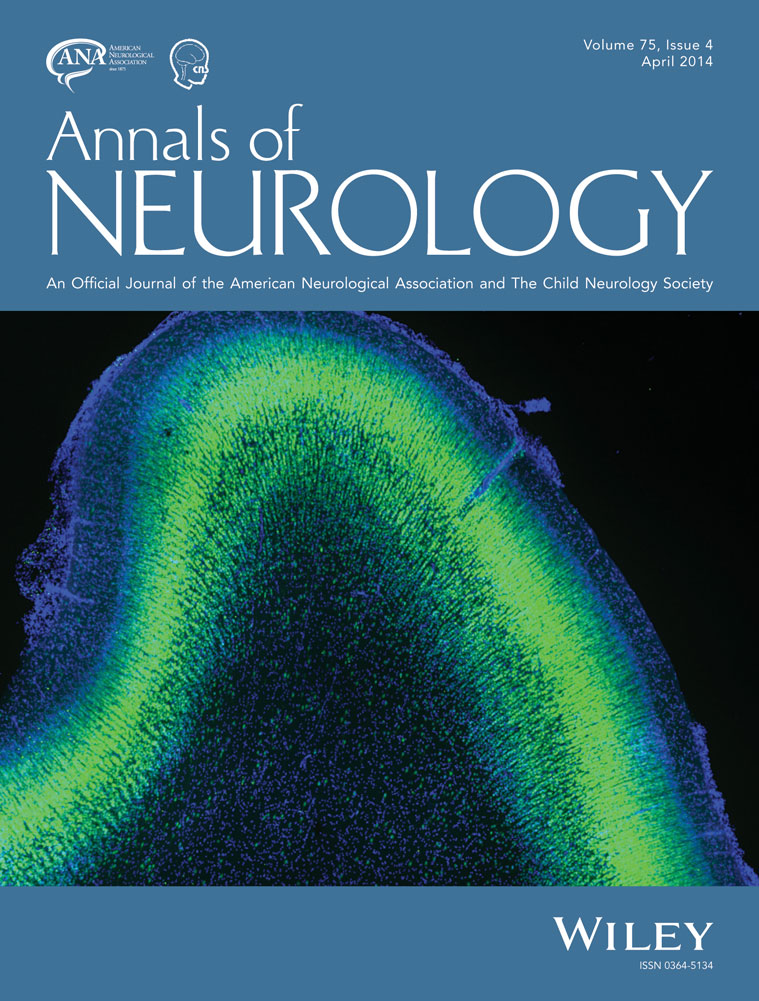Pathology of inherited manganese transporter deficiency
Mirna Lechpammer MD, PhD
Department Pathology and Laboratory Medicine, University of California, Davis Medical Center, Sacramento, CA
Search for more papers by this authorMichael S. Clegg PhD
Department of Food Science and Technology, University of California, Davis, CA
Search for more papers by this authorZukhrofi Muzar MD
Department Pathology and Laboratory Medicine, University of California, Davis Medical Center, Sacramento, CA
Search for more papers by this authorPhilip A. Huebner
Department Pathology and Laboratory Medicine, University of California, Davis Medical Center, Sacramento, CA
Search for more papers by this authorLee-Way Jin MD, PhD
Department Pathology and Laboratory Medicine, University of California, Davis Medical Center, Sacramento, CA
Search for more papers by this authorCorresponding Author
Sidney M. Gospe Jr MD, PhD
Departments of Neurology and Pediatrics, University of Washington and Seattle Children's Hospital, Seattle, WA
Address correspondence to Dr Gospe, Seattle Children's Hospital, 4800 Sand Point Way NE, Neurology, MB.7.420, Seattle, WA 98105. E-mail: [email protected]Search for more papers by this authorMirna Lechpammer MD, PhD
Department Pathology and Laboratory Medicine, University of California, Davis Medical Center, Sacramento, CA
Search for more papers by this authorMichael S. Clegg PhD
Department of Food Science and Technology, University of California, Davis, CA
Search for more papers by this authorZukhrofi Muzar MD
Department Pathology and Laboratory Medicine, University of California, Davis Medical Center, Sacramento, CA
Search for more papers by this authorPhilip A. Huebner
Department Pathology and Laboratory Medicine, University of California, Davis Medical Center, Sacramento, CA
Search for more papers by this authorLee-Way Jin MD, PhD
Department Pathology and Laboratory Medicine, University of California, Davis Medical Center, Sacramento, CA
Search for more papers by this authorCorresponding Author
Sidney M. Gospe Jr MD, PhD
Departments of Neurology and Pediatrics, University of Washington and Seattle Children's Hospital, Seattle, WA
Address correspondence to Dr Gospe, Seattle Children's Hospital, 4800 Sand Point Way NE, Neurology, MB.7.420, Seattle, WA 98105. E-mail: [email protected]Search for more papers by this authorAbstract
We followed a patient with manganese transporter deficiency due to homozygous SLC30A10 mutations from age 14 years until his death at age 38 years and present the first postmortem findings of this disorder. The basal ganglia showed neuronal loss, rhodanine-positive deposits, astrocytosis, myelin loss, and spongiosis. SLC30A10 protein was reduced in residual basal ganglia neurons. Depigmentation of the substantia nigra and other brainstem nuclei was present. Manganese content of basal ganglia and liver was increased 16-fold and 9-fold, respectively. Our study provides a pathological foundation for further investigation of central nervous system toxicity secondary to deregulation of manganese metabolism. Ann Neurol 2014;75:608–612
References
- 1 Gospe SM Jr, Caruso RD, Clegg MS, et al. Paraparesis, hypermanganesaemia, and polycythaemia: a novel presentation of cirrhosis. Arch Dis Child 2000; 83: 439–442.
- 2 Quadri M, Federico A, Zhao T, et al. Mutations in SLC30A10 cause parkinsonism and dystonia with hypermanganesemia, polycythemia, and chronic liver disease. Am J Hum Genet 2012; 90: 467–477.
- 3 Tuschl K, Clayton PT, Gospe SM Jr, et al. Syndrome of hepatic cirrhosis, dystonia, polycythemia, and hypermanganesemia caused by mutations in SLC30A10, a manganese transporter in man. Am J Hum Genet 2012; 90: 457–466.
- 4 Stamelou M, Tuschl K, Chong WK, et al. Dystonia with brain manganese accumulation resulting from SLC30A10 mutations: a new treatable disorder. Mov Disord 2012; 27: 1317–1322.
- 5 Tuschl K, Mills PB, Parsons H, et al. Hepatic cirrhosis, dystonia, polycythaemia and hypermanganesaemia—a new metabolic disorder. J Inherit Metab Dis 2008; 31: 151–163.
- 6 Clegg MS, Keen CL, Lonnerdal B, Hurley LS. Influence of ashing techniques on the analysis of trace elements in animal tissue: I. Wet ashing. Biol Trace Elem Res 1981; 3: 107–115.
- 7 Herrmann H, Aebi U. Intermediate filaments and their associates: multi-talented structural elements specifying cytoarchitecture and cytodynamics. Curr Opin Cell Biol 2000; 12: 79–90.
- 8 Kluver H, Barrera E. A method for the combined staining of cells and fibers in the nervous system. J Neuropathol Exp Neurol 1953; 12: 400–403.
- 9 Lindquist RR. Studies on the pathogenesis of hepatolenticular degeneration. II. Cytochemical methods for the localization of copper. Arch Pathol 1969; 87: 370–379.
- 10 Mirra SS, Hart MN, Terry RD. Making the diagnosis of Alzheimer's disease. A primer for practicing pathologists. Arch Pathol Lab Med 1993; 117: 132–144.
- 11 Pulford KA, Rigney EM, Micklem KJ, et al. KP1: a new monoclonal antibody that detects a monocyte/macrophage associated antigen in routinely processed tissue sections. J Clin Pathol 1989; 42: 414–421.
- 12 Rutka JT, Murakami M, Dirks PB, et al. Role of glial filaments in cells and tumors of glial origin: a review. J Neurosurg 1997; 87: 420–430.
- 13 Chtourou Y, Trabelsi K, Fetoui H, et al. Manganese induces oxidative stress, redox state unbalance and disrupts membrane bound ATPases on murine neuroblastoma cells in vitro: protective role of silymarin. Neurochem Res 2011; 36: 1546–1557.
- 14 Saini N, Georgiev O, Schaffner W. The parkin mutant phenotype in the fly is largely rescued by metal-responsive transcription factor (MTF-1). Mol Cell Biol 2011; 31: 2151–2161.
- 15 Ruttkay-Nedecky B, Nejdl L, Gumulec J, et al. The role of metallothionein in oxidative stress. Int J Mol Sci 2013; 14: 6044–6066.
- 16 Pankhurst MW, Gell DA, Butler CW, et al. Metallothionein (MT)-I and MT-II expression are induced and cause zinc sequestration in the liver after brain injury. PLoS One 2012; 7: e31185.
- 17 Liccione JJ, Maines MD. Selective vulnerability of glutathione metabolism and cellular defense mechanisms in rat striatum to manganese. J Pharmacol Exp Ther 1988; 247: 156–161.
- 18 Lee E, Sidoryk-Wegrzynowicz M, Farina M, et al. Estrogen attenuates manganese-induced glutamate transporter impairment in rat primary astrocytes. Neurotox Res 2013; 23: 124–130.
- 19 Sidoryk-Wegrzynowicz M, Aschner M. Role of astrocytes in manganese mediated neurotoxicity. BMC Pharmacol Toxicol 2013; 14: 23.




